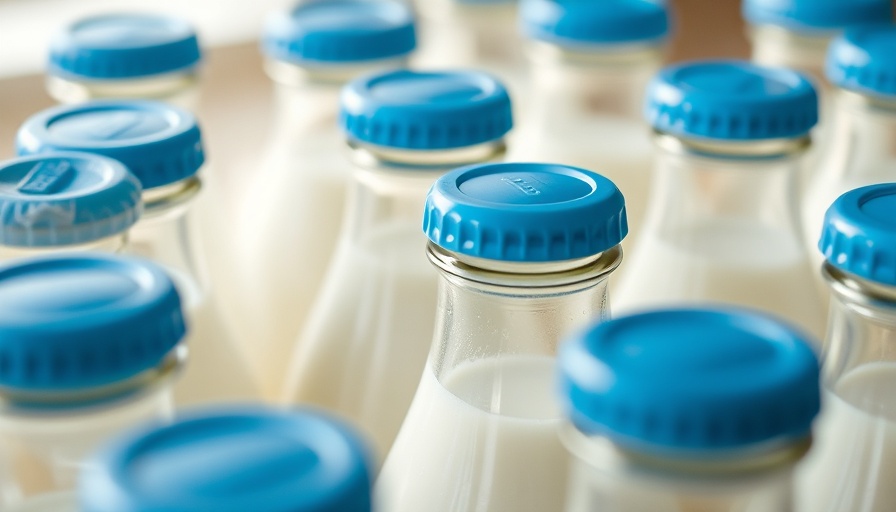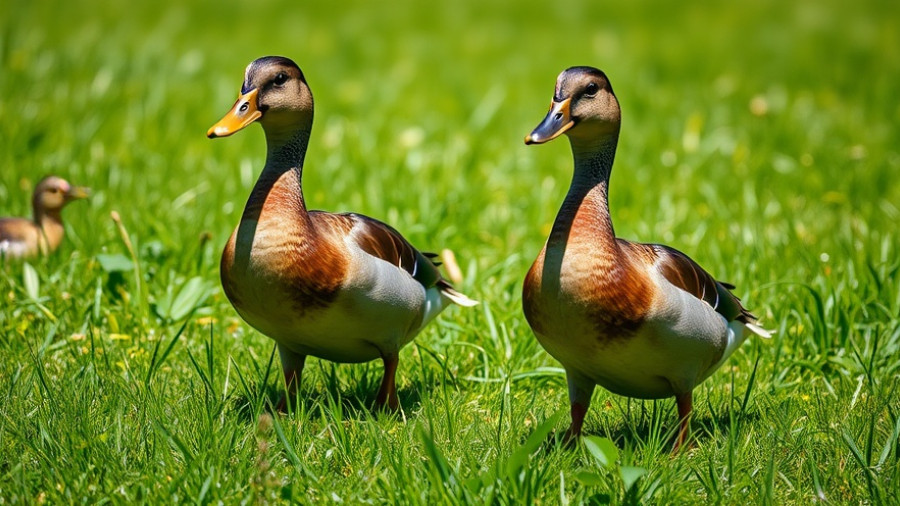
Is Raw Milk a Hidden Risk for Bird Flu?
As health officials in the UK raise alarms about the potential risks associated with consuming raw milk, residents are left questioning whether their current dietary habits could be impacting their health. With recent warnings from the UK Health Security Agency (UKHSA), it has become evident that a trend toward consuming unpasteurized milk might be a 'tenable transmission route' for the H5N1 avian flu virus.
The surprising discovery of avian flu in livestock
The situation escalated when a case of H5N1 avian flu was detected in a sheep in Yorkshire, previously confirmed to have infected poultry. This unprecedented transmission route raises serious questions about the integrity of not just poultry-based but also dairy products in the UK.
Understanding the Health Risks
Despite the alarming reports, the Food Standards Agency (FSA) has reassured consumers that the risk of contracting bird flu via dairy is very low for the general population. However, the consumption of raw milk poses different complications, as the lack of pasteurization means pathogens could survive. The UKHSA emphasizes that though the risk remains low, gaps in scientific understanding about the effects of raw milk consumption necessitate caution.
What's driving the raw milk trend?
A surge in the consumption of raw milk has been reported, driven in part by wellness trends advocating for its supposed health benefits. Sales in the UK increased by 65% from 2023 to 2024, highlighting a growing public interest in natural, unprocessed foods. However, consumers, especially those with weakened immune systems, are urged to consider the risks meticulously.
Conclusion: The Importance of Food Safety Awareness
As the UK navigates this complex health landscape, it is vital for consumers to remain informed about the products they choose to consume. While the trend towards raw milk may appear healthful, the potential risks warrant a careful examination of current practices and guidelines. It's important to ensure minimizing exposure to harmful pathogens, protecting not only individual health but also public safety.
 Add Row
Add Row  Add
Add 




Write A Comment